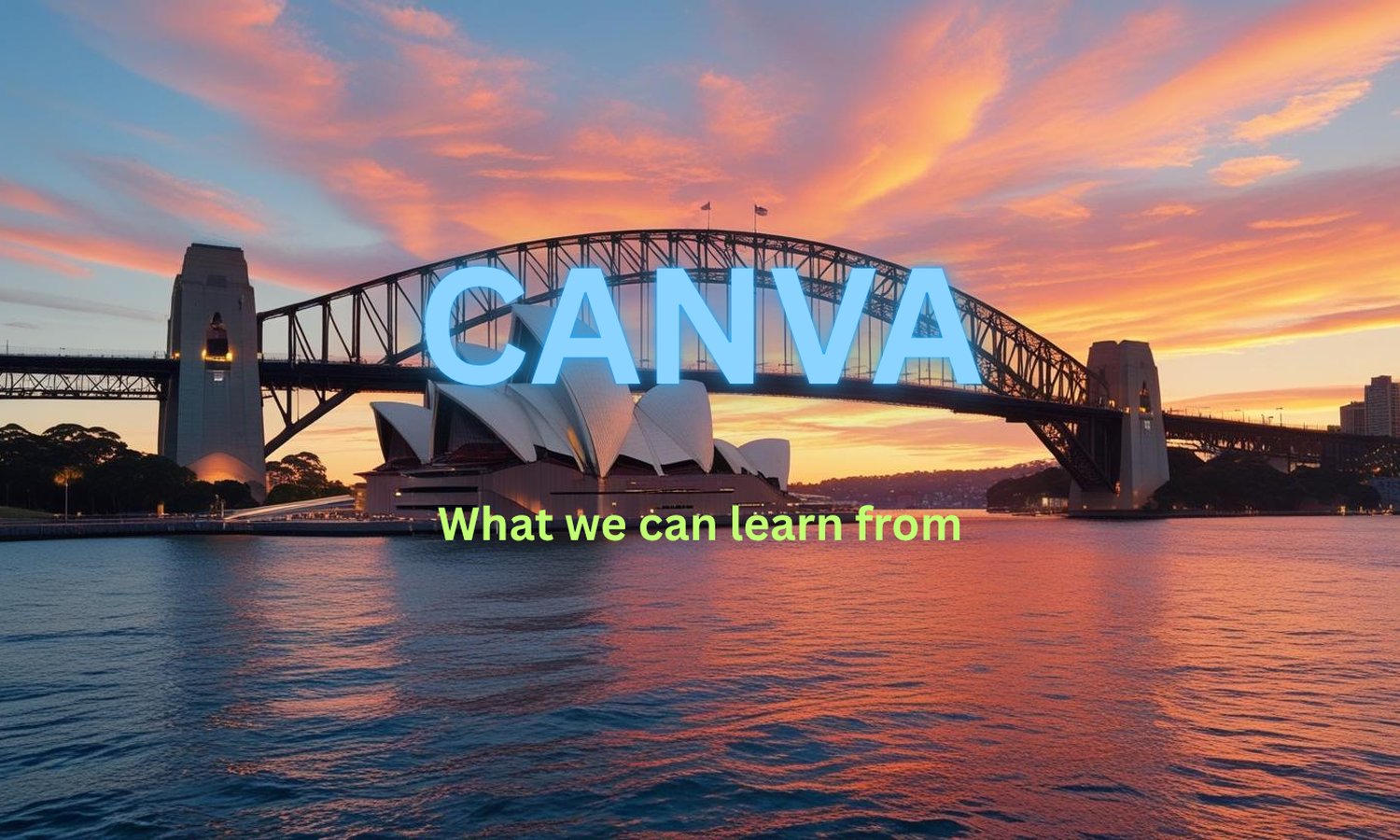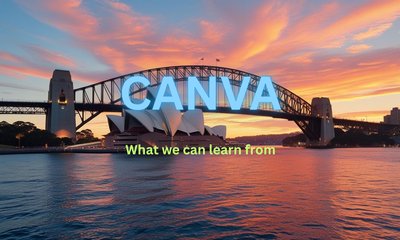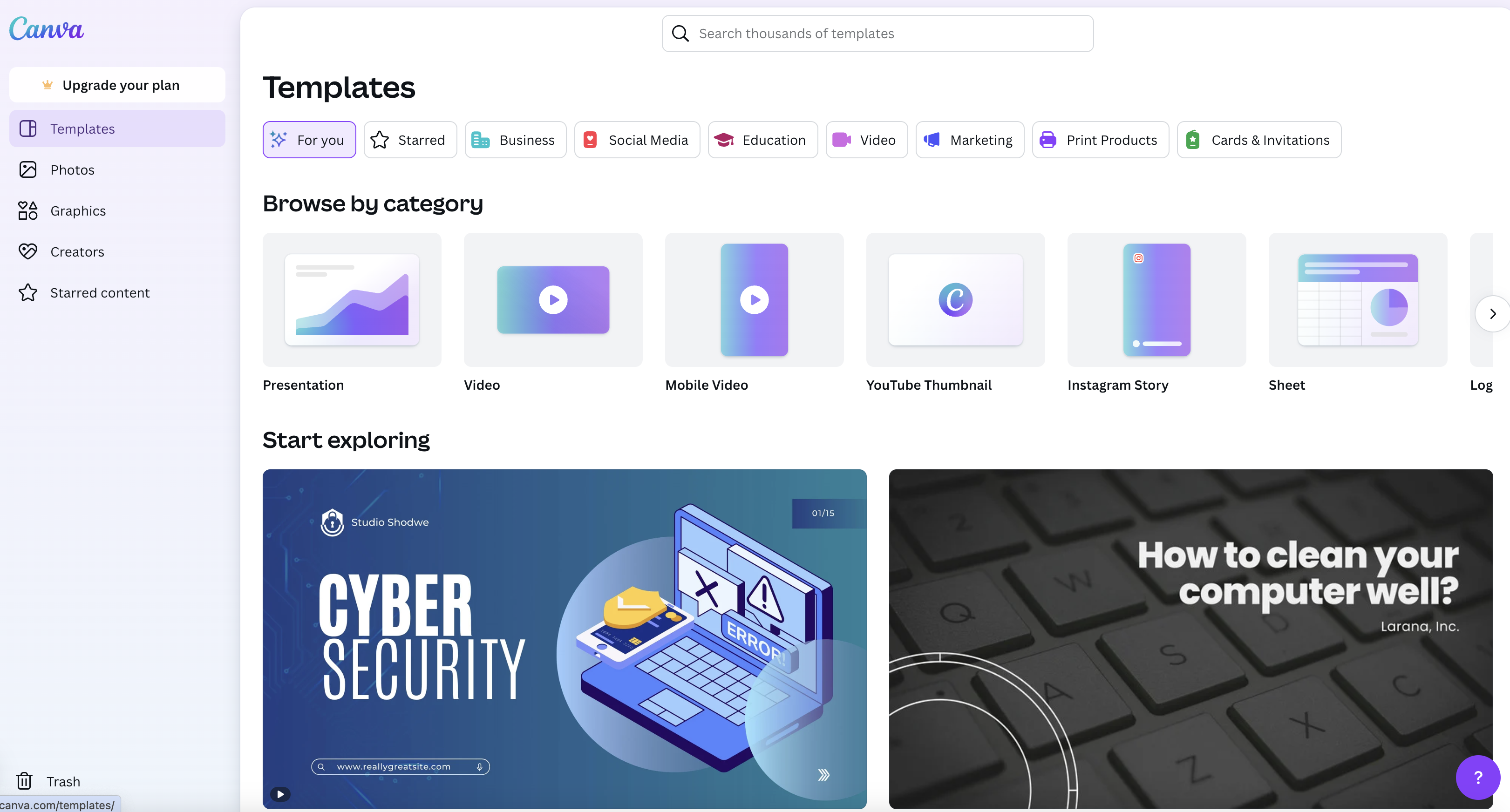How Canva Became a Unicorn: The Lean Australian Tech Story
By tung.nguyenthanh, at: Dec. 30, 2024, 3:58 p.m.
Estimated Reading Time: __READING_TIME__ minutes


In a world dominated by Adobe and complex design tools, one Australian startup dared to reimagine design for everyone. That startup was Canva and today, it’s a US$40+ billion decacorn used by over 170 million people across 190+ countries. And one of our friends is working in this dream company - Tu Nguyen.
But Canva’s story isn’t just about beautiful design. It’s about capital efficiency, product-led growth, and proving that world-changing platforms don’t need billion-dollar seed rounds.
Today, we will explore how Canva success is executed...
The Origin Story
Founded: 2013, Sydney
Founders: Melanie Perkins, Cliff Obrecht, Cameron Adams
Melanie Perkins came up with the idea while teaching design programs at university. She noticed students struggling with tools like Photoshop and InDesign. The solution? An intuitive, drag-and-drop design platform for non-designers.
Before Canva, she and Cliff launched a niche product: Fusion Books - an online tool for creating yearbooks. This gave them initial traction and a product blueprint.
Funding Journey
-
Seed (2012–2013): US$3 million from local & international angels (including Lars Rasmussen, co-founder of Google Maps)
-
Series A (2015): US$6 million
-
By 2021, Canva had raised just under US$400 million
-
Achieved $40B valuation with very little marketing spend, fueled by viral product adoption
What’s remarkable?
While many US startups raised $100M+ early on, Canva became a decacorn with less than half of that by solving a real pain point simply and globally.
The Product & Technology Edge
-
100% browser-based (no install needed)
-
Drag-and-drop interface with smart design suggestions
-
Templates, stock media, icons, AI-powered design tools (e.g., Magic Design, AI image generator)

Built with:
-
Angular + JavaScript front end
-
AWS-backed scalable infrastructure
-
Strong internal focus on design systems and user feedback loops
Go-to-Market Strategy
-
Freemium model: Free forever with paid upgrades (Canva Pro, Canva Teams)
-
Bottom-up adoption: Individual users → SMBs → Enterprises
-
Organic growth: Templates + SEO + embedded Canva buttons → viral user acquisition
-
Education & nonprofit discounts: Huge user base loyalty from students and NGOs
Challenges Along the Way
-
Initial resistance from US investors who underestimated Australian founders
-
Building a design tool in-browser was technically challenging
-
Scaling globally with a small team in Sydney required smart hiring and remote collaboration tools early on
Why Canva Worked
- Solved a universal problem with elegance
- Focused on UX simplicity over feature bloat
- Lean, global-first mindset from the start
- Capital-efficient scaling with viral mechanics
- Strong founder vision + culture (Perkins remains CEO)
What Startups Can Learn
-
Start small, but start with a real pain point
-
Global problems don’t need global capital just sharp execution
-
Design and UX can be your strongest moat
-
Virality and product-led growth beat expensive ad spend
-
Australian founders can and do compete at global scale
Final Thoughts
Canva didn’t just challenge Adobe. It redefined how we think about design, accessibility, and startup growth from “the edge of the world.” In many ways, Canva is the blueprint for modern tech success: inclusive, efficient, and product-led.
And this is just the first chapter in our series on Australia’s unicorn makers. Next up: Atlassian - the dev tools that took on Silicon Valley.
How Glinteco Can Help the Next Wave of Aussie Startups
While companies (like Canva) are already household names, thousands of small startups across Australia are just getting started.
At Glinteco, we work with early-stage and scaling startups to bring their ideas to life even with lean budgets and tight timelines.
Here’s how we support ambitious founders:
-
MVP development using Python/Django, React, Flutter, and modern cloud stacks
-
Affordable, fast-turnaround teams that act like your in-house developers
-
Help with tech architecture, UX design, integrations, automation, and AI features
-
Flexible engagement: one-time builds or dedicated teams
-
Deep experience with startups across fintech, edtech, real estate, ecommerce, and SaaS



![[Useful Site Review] agent.ai](/media/filer_public_thumbnails/filer_public/e2/bb/e2bb33be-933a-46d0-b36d-2c32c588a74b/agentai_1.png__400x240_crop_subsampling-2_upscale.png)

